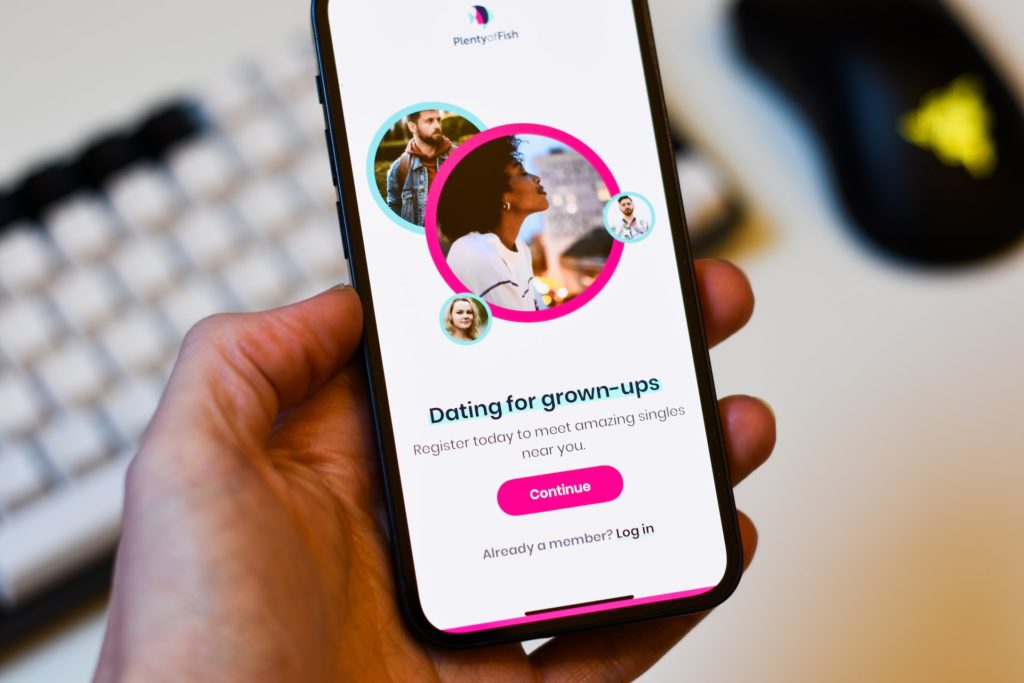Contents
For many, online dating is the default way to meet new people. As we become increasingly time-poor, digital devices act as a way for us to navigate our day-to-day lives and how we interact with others, including our relationships.

Despite attitudes towards dating apps becoming more positive and platforms gaining popularity in recent years, they have attracted a great deal of attention to the risks they pose to users throughout their short history. While dating apps are an incredibly convenient way to maintain our love lives, they come with their threats.
Risk vs. risqué
Like any form of dating, connecting with strangers doesn’t come without risk. This is also the case when using an online dating platform. The exchange of information, be it a phone number, address, or other personal details, can be exploited if placed in the wrong hands. Dating scams, catfishing, and abuse attract headlines – and for platforms, advertising, misuse, and nudity also threaten to damage the user experience and brand reputation.
Finding the right balance between restricting content to protect users and allowing organic interactions to flourish is crucial to enabling platforms to grow and realize their true potential. The power of online dating is its ability to make connections virtually, while the freedom which makes it possible to engage in negative interactions is also what makes it possible to have genuine, authentic, and meaningful relationships.
Growing a dating platform means harnessing the opportunities in the content it creates. ’ scaremonger’ users cannot see platforms. Still, they must provide substantial safety features and guidelines to protect users and brand reputation whilst using technology to enhance user experience and focus on retention to grow their platforms.
Creating a safe space without killing the mood
The recent context of lockdowns demonstrated the power of online dating; even without in-person interaction, it functioned as a place to make human connections. It works best when it delivers the same surprise, joy, and meaningfulness of speaking to someone new in real life.
With online dating, it is tempting to see shutting down opportunities to interact as the only way to remove risk. But this isn’t what users want. They want to feel protected and trusting of the systems in place to interact confidently. It is now an expectation, not a “nice to have,” for platforms to filter out all harmful content, from fake profiles to indecent imagery. Providing a sophisticated app to allow users to interact with who they choose will likely result in increased brand loyalty instead of blocking all connections, which could be harmful.
An engaging and reliable messaging experience is the foundation of retention on a successful dating platform. However, creating a positive space to connect relies on understanding how people use the platform and what works for them. With many users engaging in conversations to meet new partners, its important technology doesn’t get in the way and ‘kill the mood’ with an unstable or over-censored chat platform.
Content moderation can help strike the right balance. As well as blocking the most objectionable – or illegal – content, it delivers insight that enables dating sites to encourage sincere, positive behaviors. Online dating is a space of rapid innovation. As brands create new ways to help people connect more effectively, platforms must ensure interactions remain safe with custom moderation approaches.
Ultimately, stopping deceitful users from harming the user experience and removing unwanted content to keep people safe will protect brand reputations. With content moderation, your dating site can become the brand you want it to be.




